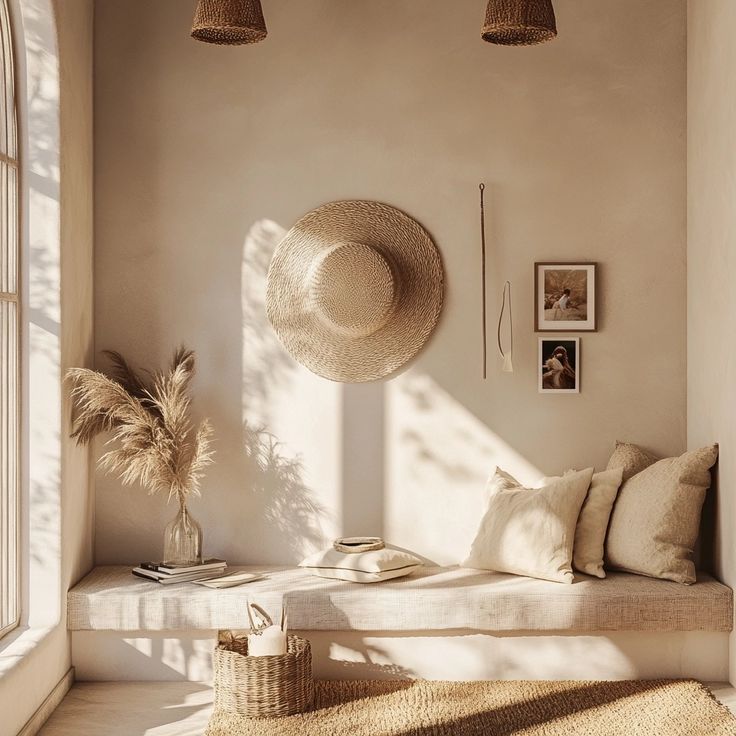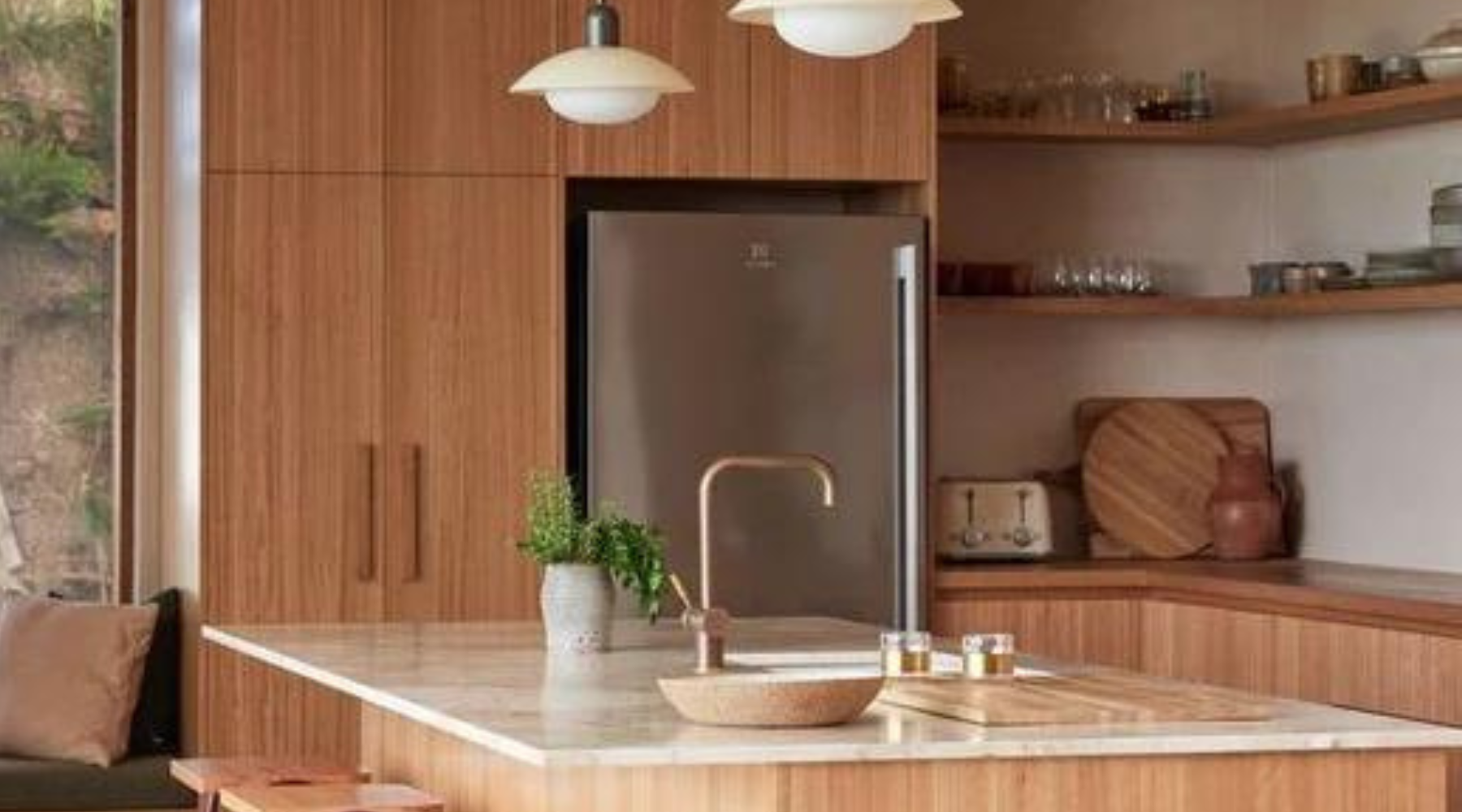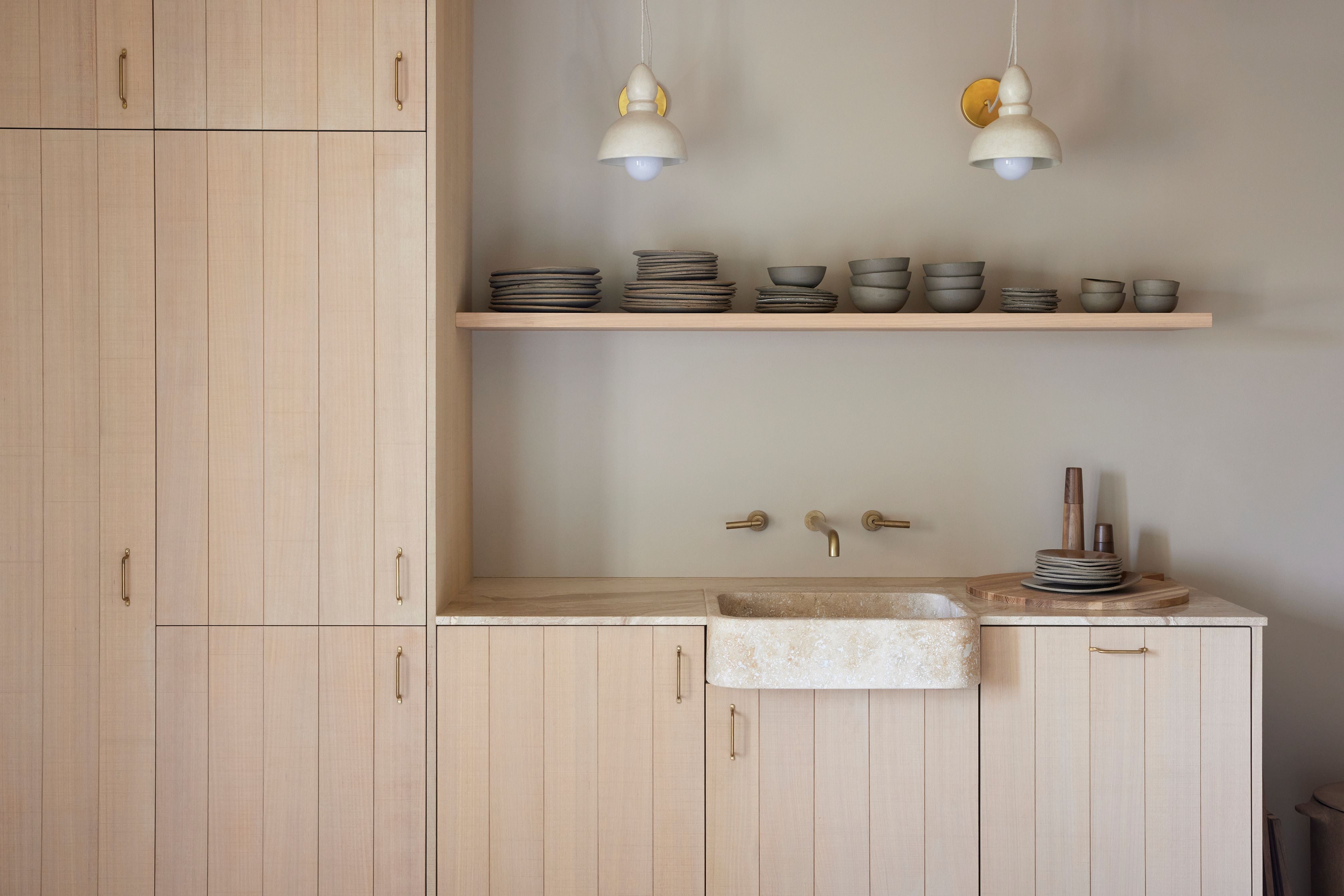
Spaces That Speak Volumes
Ever noticed how the kitchen island becomes a hub at parties? Or how a certain chair always gets chosen for deep chats? These aren't accidents—they're naturally occurring 'conversation zones.'
Our homes have invisible magnets—those natural conversation zones where connection just happens. In today’s world of hybrid lives and multi-functional homes, designing for dialogue is both an art and an act of intention. This blog is your guide to nurturing those moments. Whether you’re in a studio apartment or a spacious family home, we’ll show you how to intentionally design for dialogue and turn your space into a story-sharing sanctuary.

* AI generated Image downloaded from Pinterest![]()
![]()
Why Communal Corners Matter
The Soul of the Home
Homes are no longer just sanctuaries—they’re studios, cafes, offices, and classrooms. In this blend, creating spaces that support connection becomes essential. Communal corners aren't just decorative—they're functional anchors for meaningful interaction.
Design as an Invitation
Every chair angle, book display, or lamp placement sends a message. Thoughtful design whispers, “Come sit. Let’s talk.” And that’s powerful.
Below is a step by step guide to how you can create and nurture this invitation for connection.
Step 1 — Recognise Your Natural Conversation Spots
Observe and Reflect
Look around your space and see if there are places where people naturally gather or pause? Where do you feel most at ease speaking your mind?
Identifying these zones gives you a foundation to build from.
Enhance What's Already Working
Add a cozy rug, a few cushions, a small side table for tea, or an art piece to reflect shared interests. These touches signal comfort and curiosity.

Step 2 — Use Layout to Encourage Interaction
The Power of Facing Furniture
Face chairs toward each other rather than the TV. Create circles or semi-circles and use a round rug where appropriate. Even a slight angle toward the center changes the dynamic.
Break the Grid
In open-plan homes, float furniture away from walls to create natural ‘zones’ for chatting. Where possible create leaning spaces, where people can linger a bit longer more comfortably.

* AI generated Image
Step 3 — Layer with Storytelling Decor
Show, Don’t Tell
Use decor as narrative. Books with meaning, art with a tale, vintage finds with backstories. These become natural conversation starters. Place them in strategically to invite pause and conversation.
Personal Touches Welcome
Display items that reflect your values or travels. Authenticity draws people in.
Step 4 — Embrace Multi-Use Magic
Flexibility is Key
Choose pieces that can serve more than one purpose. Ottomans that store puzzles. Benches that hold trays. Furniture that flexes with your life invites more organic use.
Zones that Shift
Create areas that can transform from coffee catch-ups to creative brainstorms.
Tailoring for Every Living Situation
Small Apartment?
Try a window nook with floor cushions and a narrow table. Use vertical shelving for books and plants.
Blended Families or Multigenerational Homes?
Design spaces that welcome various age groups—think low seating, soft textures, and inclusive lighting.
Living with Flatmates?
Use shared furniture and decor. Encourage every member of the household to contribute and add their own books, picture frames and throws in communal areas.
Sensory Needs or Disabilities?
Opt for soft lighting, tactile materials, and quiet corners that respect sensory boundaries, while not being exclusionary.
Create Spaces That Speak to Connection
When we design with dialogue in mind, we make space not just for furniture—but for stories, ideas, and emotional connection. Communal corners are where connections grow, one conversation at a time. Whether you're redesigning your whole home or just a tiny nook, remember: your space has the power to invite curiosity, spark engagement, and hold the soul of the people who gather within it.
FAQs
1. What’s the best layout for a chat zone in a small space? Face two chairs toward each other, or angle them towards a central point with a small table between. Use wall-mounted shelves to save floor space.
2. How do I make caht zones feel cozy without cluttering? Layer textures (think cushions and throws), keep color palettes warm, and use baskets or storage ottomans to hide essentials.
3. What kind of lighting works best in conversation zones? Warm, dimmable lighting is ideal. Table lamps and floor lamps create intimacy and reduce harsh shadows.
4. Can I design a conversation corner in an open-plan layout? Absolutely. Use round rugs, plants, or stack of books to create visual boundaries and anchor the space.
5. How do I make sure the space feels inclusive for all ages? Use a mix of seating types, avoid overly delicate decor, and ensure paths are clear for easy movement.




Leave a comment
This site is protected by hCaptcha and the hCaptcha Privacy Policy and Terms of Service apply.